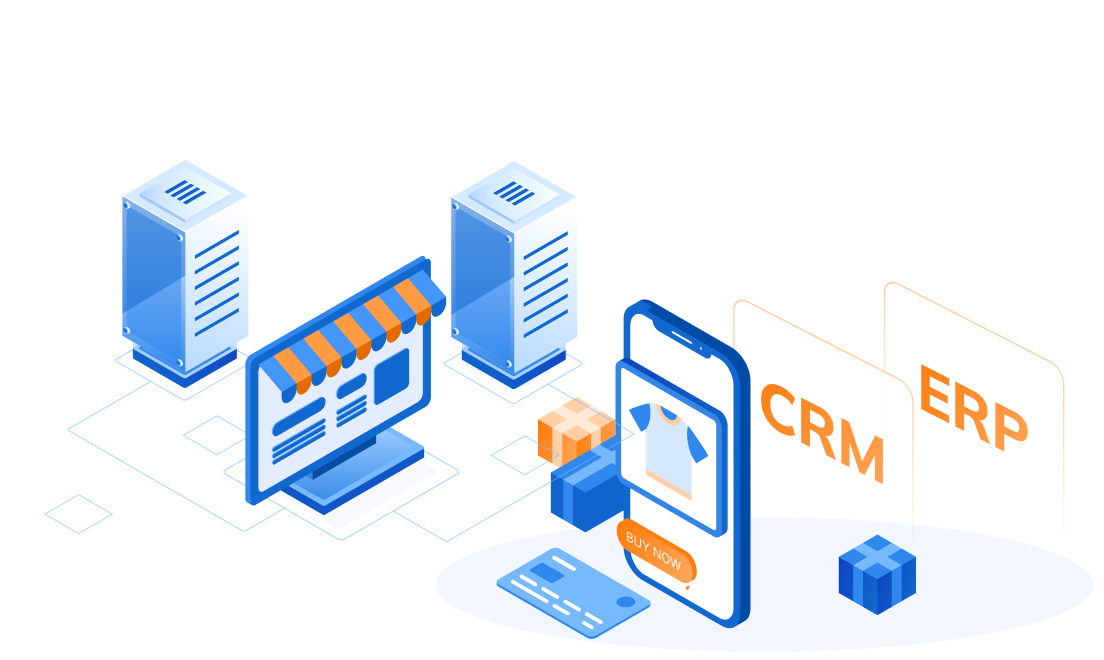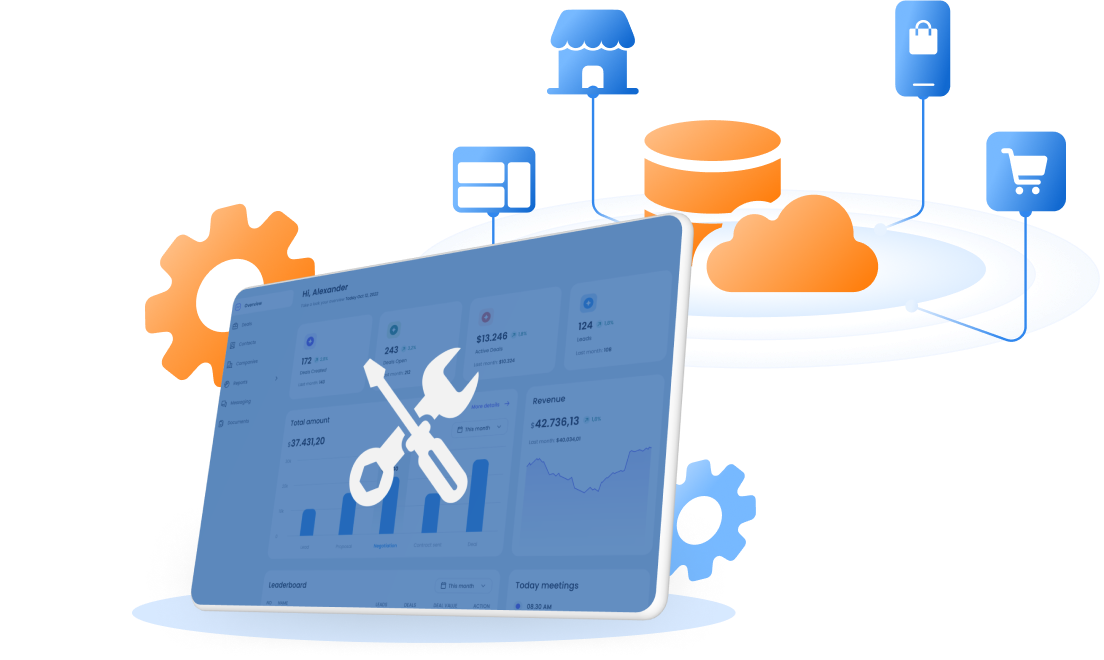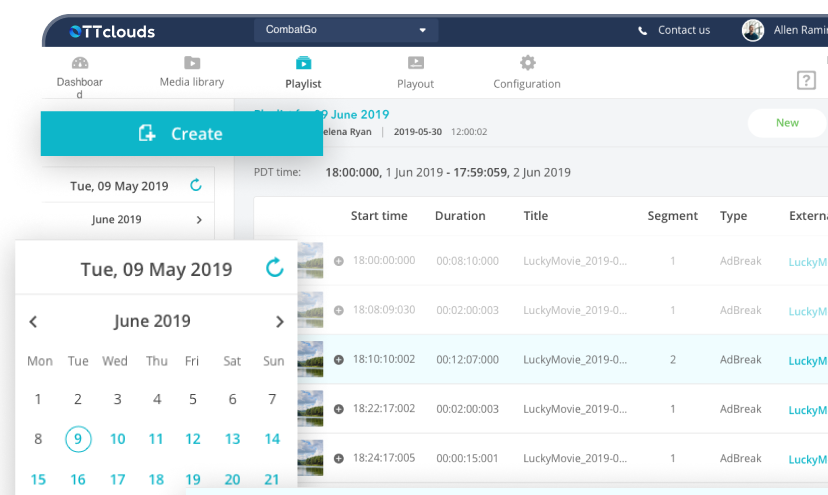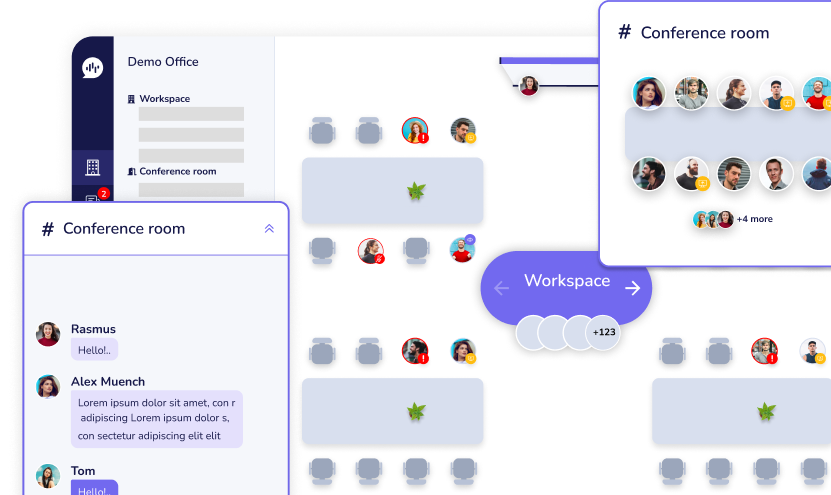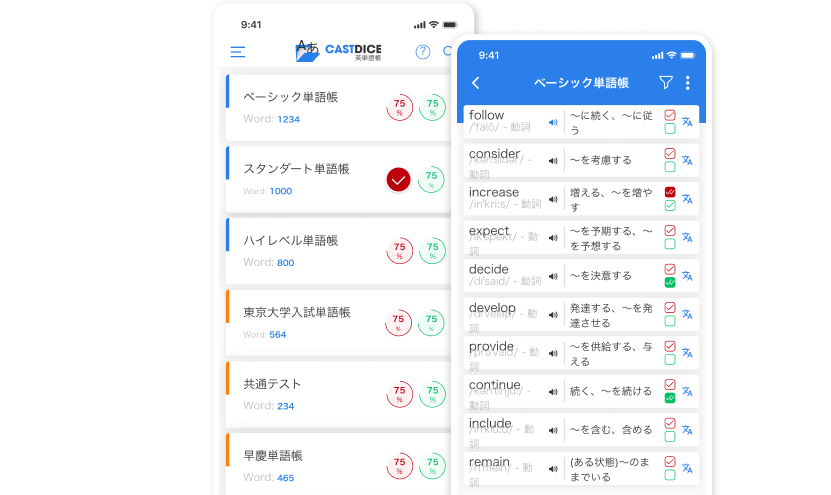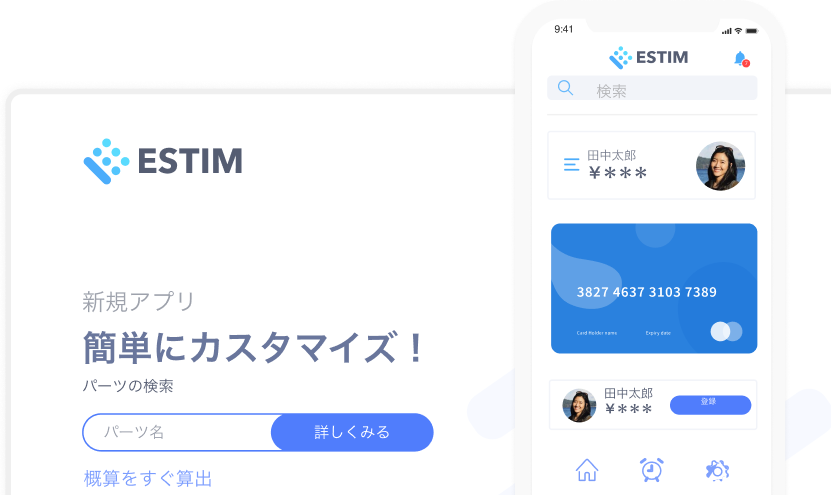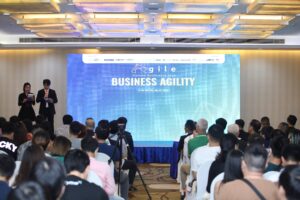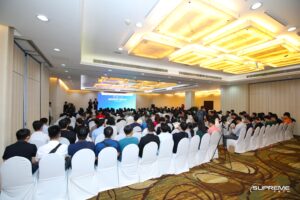(AVC Recap) Embracing Business Agility: A Journey from Agile IT to Holistic Transformation
12/06/2023
1.38k
Event recap series of Agile Vietnam Conference 2023 by SupremeTech! Session “How to transform from Agile IT to Business Agility: Success Patterns for Transformation” by Ola Gedenryd.
Explore other sessions of AVC:
- Agile Transformation Toolbox: Ultimate tips to successfully incorporate Agile into business
- Driving Success with Agile Goal Setting: Insights on Implementing OKRs
- Unlocking Hyper Productivity in Scrum: The Path to Delivering Exceptional Business
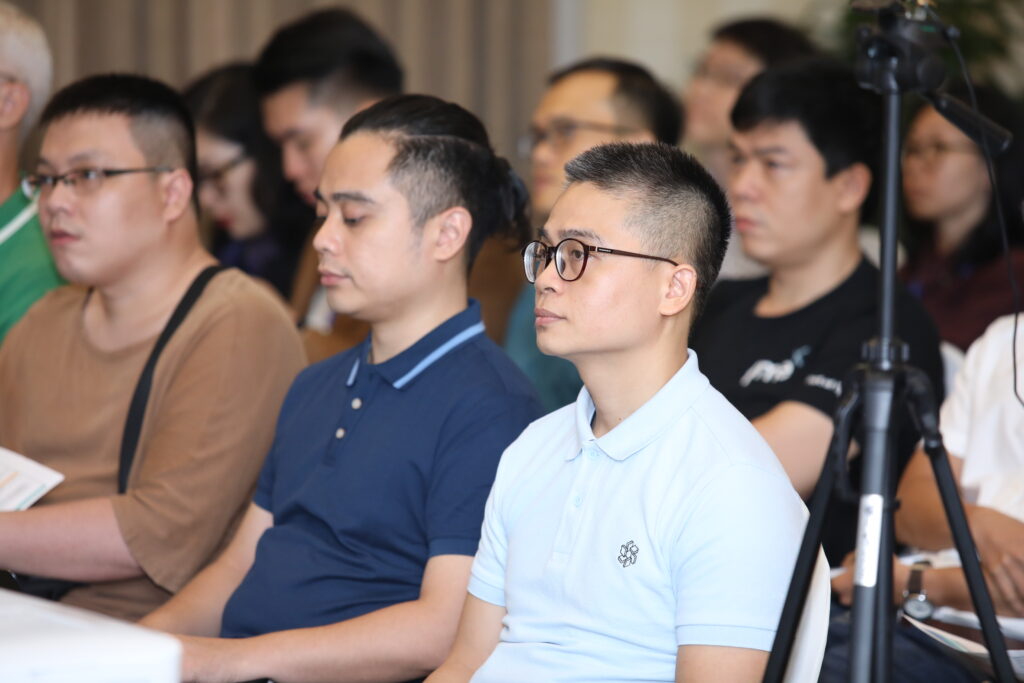
In the session titled “How to transform from Agile IT to Business Agility: Success Patterns for Transformation“, Ola Gedenryd, a renowned Business Agility Advisor, took the stage to share valuable insights and practical strategies for organizations seeking to achieve holistic business agility. The session highlighted the importance of moving beyond siloed Agile practices within IT departments and instead focusing on maximizing the flow of value across the entire organization. Lastly, Ola introduced the seven core competencies for cultural transformation into Business Agility, as defined in SAFe 6.0.
Unlocking Business Agility with Core Competencies
At the beginning of the session, Ola Gedenryd emphasized that achieving Business Agility requires more than implementing Agile practices within IT teams. It necessitates a holistic approach that encompasses the entire organization. Then, he introduced the seven core competencies that serve as a roadmap for cultural transformation and Business Agility success.
Enterprise Solution Delivery
This competency focuses on delivering value at the enterprise level by aligning multiple teams and stakeholders. Ultimately, corporates should enable them to collaborate effectively and deliver cohesive solutions.
Lean Portfolio Management
A strategic and lean approach to portfolio management helps organizations prioritize initiatives, align them with business goals, and optimize the allocation of resources and investments.
Agile Product Delivery
This competency emphasizes the importance of customer-centric product management. Products should be delivered efficiently, with a focus on meeting customer needs and delivering value.
Organizational Agility
Building an Agile mindset and adaptive culture across the entire organization is vital for embracing change, fostering innovation, and enabling continuous improvement at all levels.
Team and Technical Agility
Developing high-performing teams and fostering technical excellence is also crucial when implementing Agile. Teams can effectively collaborate, deliver high-quality work, and continuously enhance their skills.
Lean Agile Leadership
Leadership is critical in driving and supporting the organization’s Agile transformation. Leaders must embrace Agile principles, empower teams, and foster a culture of trust, collaboration, and innovation.
Continuous Learning Culture
Creating a culture of continuous learning and improvement is essential for enabling innovation, adaptability, and the ability to respond effectively to market changes.
Key Patterns for Transformation
During the session, Ola Gedenryd shared key patterns and strategies for organizations to transition from Agile IT to Business Agility successfully.
Create a strong guiding coalition
Begin the transformation journey by establishing a coalition of leaders with a common vision. Articulate the reasons for change and the tangible business outcomes the organization aims to achieve.
Train and lead executives toward Lean Portfolio Management
Equip leaders with the necessary knowledge and skills to manage the organization’s portfolio effectively. This includes aligning initiatives with strategic goals, optimizing resource allocation, and fostering a lean mindset throughout the portfolio management process.
Organize around value
Conduct value stream identification workshops to understand how value flows across the organization. Organizations can eliminate waste, improve efficiency, and deliver value more effectively by identifying and streamlining value streams.
Create high-performing teams of Agile teams
Focus on coaching, mentoring, and training individuals and teams to become high-performing units. Encourage collaboration, foster a culture of trust and psychological safety, and empower teams to make decisions and deliver value autonomously.
Embrace customer-centricity and design thinking
Shift the organization’s focus from a feature-centric approach to one revolving around customer needs. Thus, adopt methodologies like design thinking to ensure products and solutions are developed with a deep understanding of customer pain points and desires.
Value stream mapping and introducing Continuous Delivery (CD) Pipeline with DevOps
Map the value stream to identify bottlenecks and areas for improvement. Introduce a Continuous Delivery pipeline, supported by DevOps practices, to streamline the software delivery process, increase speed, and improve quality.
In conclusion, embracing Business Agility requires a comprehensive and strategic approach beyond Agile practices within IT departments. Organizations must adopt a holistic mindset, aligning the entire organization toward maximizing value delivery. By developing the core competencies outlined in SAFe 6.0 and implementing the key patterns shared by Ola Gedenryd, organizations can embark on a transformative journey toward Business Agility. This journey enables them to respond effectively to market changes, innovate, and continuously deliver value to customers while driving long-term success in today’s dynamic business landscape.
Experience Agile software development with SupremeTech
At SupremeTech, we apply Agile methodology in custom software development to deliver faster and build better products. We upgraded Agile by customizing some unique add-on features including custom planning & monitoring tool, real-time transparent report and Agile with quality control.
Let’s dive in and discuss with us to learn more!




